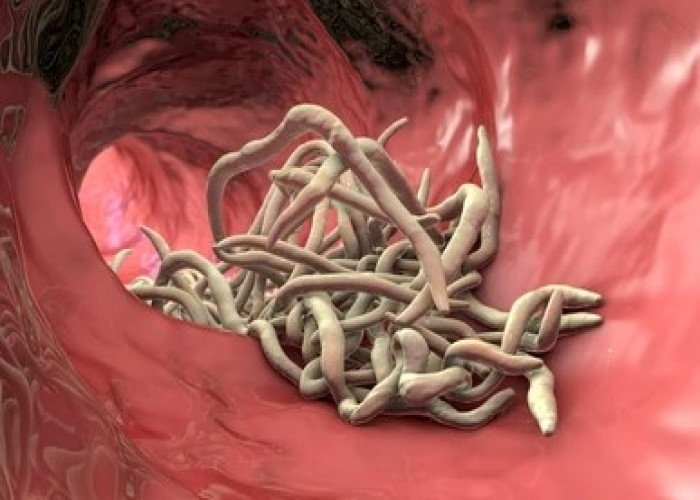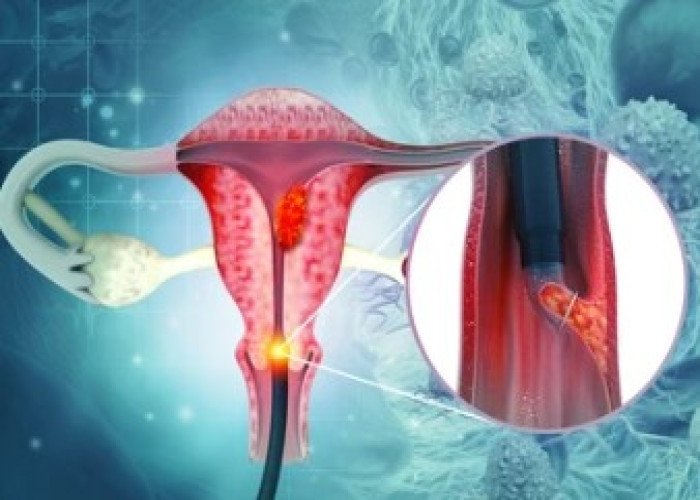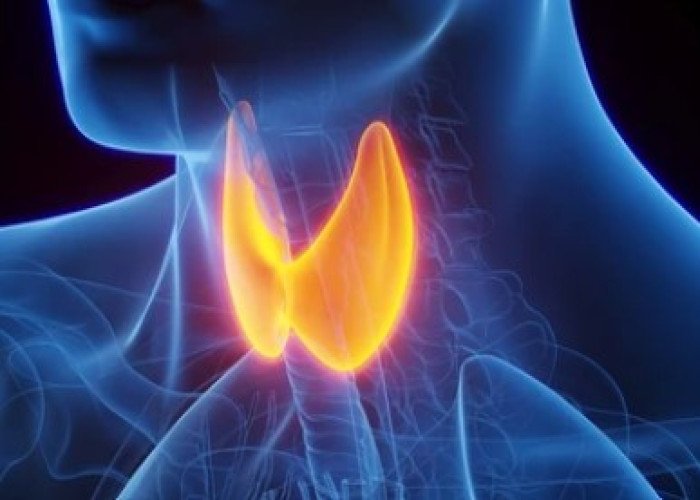 Welcome
Welcome
“May all be happy, may all be healed, may all be at peace and may no one ever suffer."
Cervical cancer - Homeopathic remedies
Cervical cancer is a type of cancer that affects the cervix, which is the lower part of the uterus that connects to the vagina. It usually develops slowly over time, beginning as precancerous changes in the cells of the cervix, which can then progress to cancer if left untreated.
The most common cause of cervical cancer is the human papillomavirus (HPV), which is a sexually transmitted infection. Other risk factors for cervical cancer include smoking, a weakened immune system, long-term use of oral contraceptives, and a family history of cervical cancer.
Symptoms of cervical cancer may include abnormal vaginal bleeding, pain during sex, and unusual vaginal discharge. However, early-stage cervical cancer often has no symptoms, which is why regular cervical cancer screening is so important.
Screening tests for cervical cancer include the Pap test and the HPV test. The Pap test involves taking a sample of cells from the cervix and examining them under a microscope for abnormalities. The HPV test detects the presence of the virus that causes most cases of cervical cancer.
Treatment for cervical cancer depends on the stage of the cancer and other factors, such as the patient's age and overall health. Treatment options may include surgery, radiation therapy, chemotherapy, or a combination of these approaches.
Prevention of cervical cancer includes getting vaccinated against HPV, practicing safe sex, and getting regular cervical cancer screenings. Vaccines are available to protect against the types of HPV that are most commonly associated with cervical cancer.

Worm

Cervical cancer

Watery eyes

Stiff feet

Gland is hard as stone

Sneeze

Profuse sweating

Unconsciousness
Cervical cancer, জরায়ুর ক্যানসার
To be happy, beautiful, healthy, wealthy, hale and long-lived stay with DM3S.

